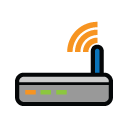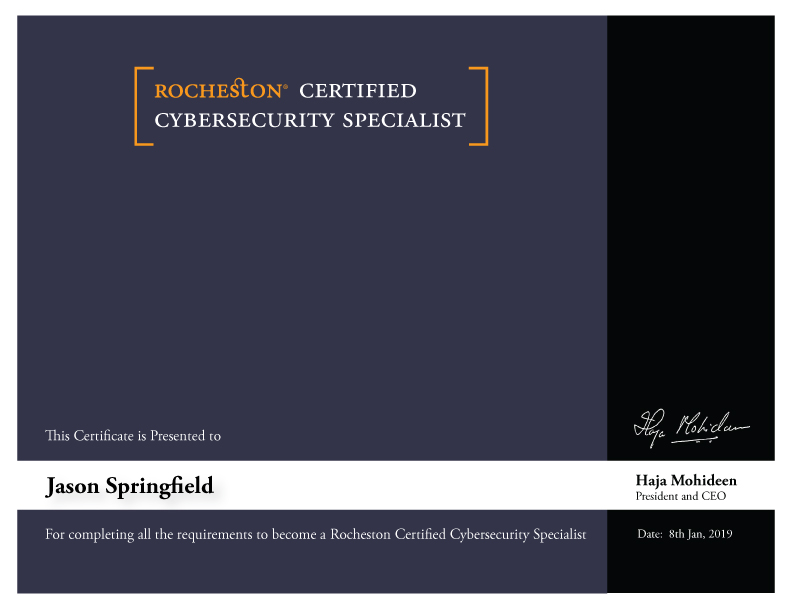Cyber SafeRocheston Cybersecurity Awareness Campaign
Cybersecurity Training
Cyberthreats are real! In the explosive volatile cyberspace of the contemporary world, threats and crimes are no longer confined in the physical domain, but have crossed over into the virtual one. The Securityone® is a next generation program offering the student a comprehensive understanding of fundamental cybersecurity approaches that need to be addressed within the ever-changing cyberspace.

Why Cybersecurity Training is Essential for “the Rest of Us’
Cybersecurity is no longer just for cybersecurity professionals. Securityone® cybersecurity education is tailor-made for the rest of us, i.e. everybody.
All of us use digital devices, so it follows that we should be trained in cybersecurity. All students and organizational employees should be educated in cyber situational awareness looking at the latest developments in vulnerabilities, viruses and malware, threat intelligence, security alerts etc. A basic understanding will help them avoid potential threats and possible breaches in security.
Top 15 Cyber Threats faced by Office Users

Hacking
Remember those hooded guys in dark rooms spending hours hunched over a computer? Well, most of them are hackers. Hacking refers to the process by which unauthorized access is gained into a digital device. Hackers are often technical geniuses, however not all of them have criminal intent!
Spam
All of us who have email accounts are aware of this particular nuisance. Spam is unwanted, junk mail that the user never consented to receive but which fills up your inbox all the same.
Phishing Attack
Unsolicited emails, especially those asking for personal information, financial details, spelling mistakes, unwanted attachments are some ways by which cyber criminals endeavor to phish users. Phishing refers to how the attacker ‘fishes’ for information from the user using various kinds of bait.
Malware
Malware is any malicious software that once it gains access into your system, can wreak havoc. Malware generally refers to any botnet, virus, worm, spyware and Trojans, rootkits that could get into the system and corrupt it from within.
Ransomware
Ransomware is similar to malware i.e. it damages a system by gaining unauthorized access to it. However, in case of a ransomware, the hacker who masterminds it usually holds it over the particular person or agency whose network has been infected.
Botnet
Botnet stands for robot and network merged together. It basically refers to a multiplicity of networks that an attacker brings under his own control. Botnets are hacking tools used by the cyber criminals to remotely control other computers.
Data Corruption and Data Leak
This happens when data is rendered unreadable and becomes corrupted. Confidential data leak could cost a company billions, as well as customers and reputation.
Spoofing
Spoofing refers to a malicious practice whereby communication is sent in the guise of a source that would be familiar to the receiver. It is the practice of forging an address, making an email id look like it has been sent from a trusted source.
Sniffing
Secretly eavesdropping on existing traffic is referred to as sniffing. Sniffing data can lead to loss of private information. Passwords, private data, email traffic can all be sniffed.
DoS
Denial-of-service (DoS) is any type of cyber attack where the attackers endeavour to halt activities in a system by preventing users from accessing the service.
Trojans
These are malicious code that are given the appearance of benign applications but are here to steal, destroy your computer from within.
Rootkits
Rootkits are associated with other forms of malware such as viruses and worms. It enables the controller of the rootkit to remotely implement certain functions within the system without the owner’s knowledge.
Password Attack
Attacking a system by cracking open its password or simply accessing it in an unauthorized manner is known as password attack. An office under such a siege could lead to major consequences in its network, if its login credentials are leaked.
Advanced Persistent Threats
These are continuous stealth operations carried out by hackers to gain access into a target system and could go undetected for long periods of time.
Human Error
This is one of the main factors leading to crucial crisis in the office’s network and online presence. Irresponsible use of digital devices could expose an entire office to cyber threats.

© 2022 Rocheston